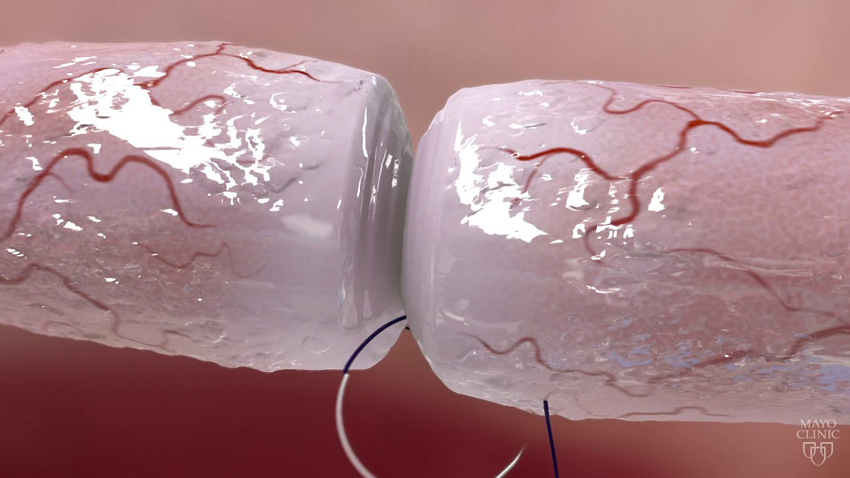Vasectomy reversal is done after the procedure of vasectomy to reconnect the male reproductive tract that was initially disconnected. The success of Vasectomy reversal is high if it is performed within 3 years of a Vasectomy treatment. Since the procedure is performed under general or local anaesthesia, the recovery time of Vasectomy reversal typically ranges from 5 to 14 days.
Overview
Vasectomy reversal is done after a vasectomy procedure to reconnect the tubes (vas deferens) to the male reproductive tract (vas deferens system). The success rate of vasectomy reversal depends upon the time gap between vasectomy and the reversal procedure.
Vasectomy reversal done within 3 years of a vasectomy surgery has the greatest chance of success. Post surgery, the person is able to have child with his partner just like before he got a vasectomy.
There are, however, certain risks of vasectomy reversal procedure that include infections at the surgical site, fluid build up in the scrotum (called hydrocele) and injury to the arteries. Before getting vasectomy reversal surgery, urology doctors will check if you were fertile before the vasectomy procedure. Specific tests are done to examine whether you have sperm antibodies in the semen after the reversal procedure. If yes, your partner is unlikely to become pregnant. In that case, you and your partner may opt for intracytoplasmic sperm injection or in vitro fertilization.
Before the treatment
Before the treatment of vasectomy reversal, these are the preparations you should take:
- Your doctor is likely to perform a physical examination and go through your medical history before the reversal surgery. Your health details will help the doctor determine whether you are a suitable candidate for vasectomy reversal.
- In most cases, men who undergo the procedure may have fathered a child before. However, if the doctor feels unsure about you becoming a father, additional testing is done to check that the sperms produced in the semen are healthy to fertilize eggs from your partner.
- Doctors often conduct certain tests on the partner as well above the age of 40. This is to confirm that your partner has no fertility issues.
If it is confirmed that you are ready to under vasectomy reversal procedure, you are scheduled for surgery on a specific date.
How it is performed
- The patient is either given general anaesthesia to help him stay unconscious through the surgery, or he may be given an eipidural, local or spinal anaesthesia to let him stay awake but feel no pain. The type of anaesthetics given is determined after considering the patient’s health and medical history.
- A small cut is done on the underside of the scrotum. It allows the surgeons get access to the tubes (vas deferens) that carry sperms and release them from the surrounding tissues.
- The vas deferens is cut to examine the fluid inside. If sperms are present in the fluid, the ends of the tubes are re-connected to create passageway for the sperms.
- During the procedure, urologists may choose to perform a vasoepididymostomy to remove scar tissues from the tubes, blocking normal sperm flow.
- After the procedure, the cuts are closed with stitches.
Recovery
After the operation, the doctors help you wear a tight-fitting undergarment and apply an ice pack to the wound. The site may feel sore for a few days, but it will go away with time. The stitches used are usually dissolvable that go away in seven to ten days.
Avoid taking bath for the first couple of days after the surgery. Do limit any heavy-lifting activities or strenuous physical jobs (walking, running, jogging) for two to four weeks after the surgery. Since the procedure is done on an outpatient basis, patients are generally released on the same day. You can speed up the recovery time of vasectomy reversal by listening to every detail of your doctor’s advice and taking the right medicines.






Leave A Comment
You must be logged in to post a comment.